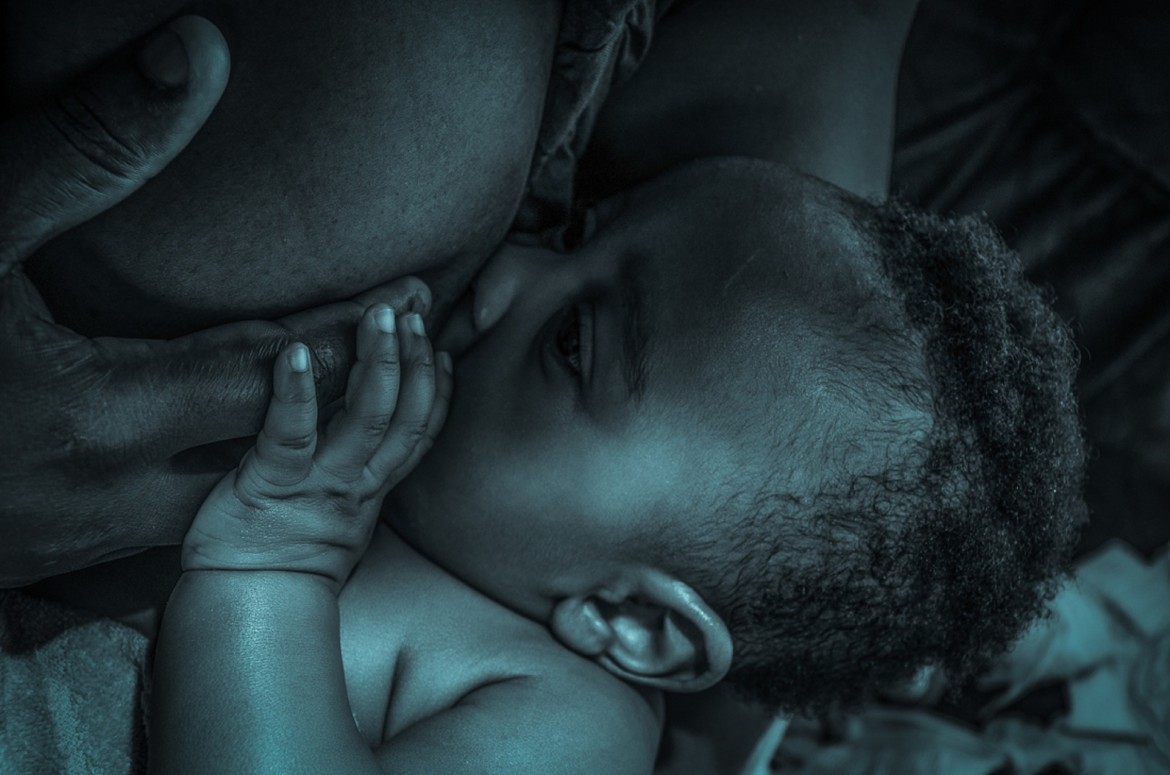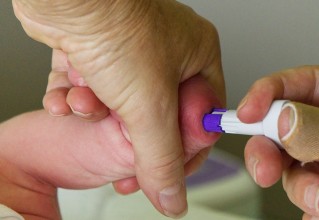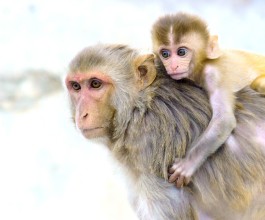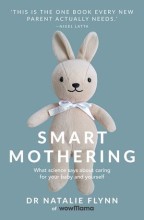Bed-sharing and Breastfeeding Partnership
21 Sep, 2019Breastfeeding and Bed-sharing is so symbiotic that the term Breastsleeping has been coined. Breastsleeping is used to describe the connection between breastfeeding and bedsharing with your infant, so as to feed on demand, respond to its needs and movement, and interpret its needs more accurately through this close connection. Studies have shown that mothers who breastfeed are more responsive to their babies, and mothers who bedshare are . It makes sense that these would be the same mothers doing both these activities in unision.
This article by McKenna and Gettler in August 2015 is titled ‘There is no such thing as infant sleep, there is no such thing as breastfeeding, there is only breastsleeping’. The abstract states “Breastfeeding is so physiologically and behaviourally entwined and functionally interdependent with forms of cosleeping that we propose the use of the term breastsleeping [to acknowledge the benefits of this connection]’. It goes on to describe three main benefits of this connection which is that maternal contact plays a critical role in immediate sustenance and being around your baby as much as possible helps to establish breastfeeding. Secondly, infant sleep can only really be understood from studies of mothers and babies who sleep together and breastfeed together because of the ways that this involves feeding them, responding to them, the baby’s physiological processes, frequency of feeding etc. Additionally, the breastsleeping with mother infant dyads is so different in behavioural and physiological characteristics to dyads that do not breastfeed, that the risks and benefits of both are very very different. James McKenna and Lee Gettler believe that infant sleep should be assessed with ‘breast-sleeping as the baseline’ as it is the norm for our species, and unless there are any other known risks, it is the best way to parent at night for the dyad.
Breastfeeding and SIDS
There are many breastfeeding advocates out there chanting Breast is Best. And for mums who want to breastfeed but haven’t been successful, this can be hurtful, as for mum’s who can breastfeed but choose to formula feed or express and bottle feed as this is best for their personal circumstances. I honestly believe that whatever makes the parents happy will be better for the child but this can only happen when parents are making informed decisions. This means having all the information available to them and getting the support they need in whatever they choose to do. Perhaps one of the strongest arguments for breastfeeding, is that it can reduce the risk of Sudden Infant Death Syndrome (SIDS).
This article in the Pediatrics Journal in March 2009 describes a study of 333 infants who died of SIDs and found that exclusive breastfeeding at 1 month of age halved the risk, and partial breastfeeding also reduced the risk of SIDs (although not statistically significantly). The study recommends advising mothers to breastfeed to at least 6 months of age to reduce the risk of SIDS.
You can refer to the study here ‘Does Breastfeeding Reduce the Risk of Sudden Infant Death Syndrome?’ https://www.ncbi.nlm.nih.gov/pubmed/19254976/
Evidence based Research
A study published in 2003 of 253 families with infants aged 4 months in North Tees, UK found that ‘A clear relationship between breastfeeding and parent-infant bed-sharing was demonstrated. Some evidence indicated that bed-sharing may promote breastfeeding.’ This research found that mothers who bed-share while their babies were newborns, were twice more likely to still be breastfeeding when the baby was 4 months old than mothers who did not bed-share.
Refer to the excerpt here: https://www.ncbi.nlm.nih.gov/pubmed/12911801
Similarly in this study ‘Frequency of bed-sharing and its relationship to breastfeeding’ they looked at 10,355 mother infant pairs in Ohio and found similar results with the dyads who were bed-sharing. “At 1, 3, and 6 months, 22%, 14%, and 13% of infant-mother pairs shared a bed, respectively. On multivariate analysis, race/ethnicity and breastfeeding seemed to have the strongest association with bed sharing.”
Refer to the excerpt here: https://www.ncbi.nlm.nih.gov/pubmed/15194897
In this longitudinal population based study called ‘Relationship between bed sharing and breastfeeding: longitudinal, population-based analysis’. The study looked at bedsharing at different points in time from birth to 4 years of age for 14 062 live births but limited this to 7447 (53%) which had data available for all time points.They found that “The prevalence of breastfeeding was significantly higher among the groups that shared beds constantly or early for each of the first 15 months after birth.”
Refer to the excerpt here: ‘https://www.ncbi.nlm.nih.gov/pubmed/20956410
In Conclusion
The Book ‘Why Your Baby’s Sleep Matters’ By Sarah Ockwell-Smith suggests that bed-sharing and breastfeeding is one of the easiest ways for mothers to rest and sleep due to the ability to just roll over and breastfeed whilst lying sideways and not having to get out of bed and pick up the baby. The extra bit of sleep can help a lot in adding to overall sleep and make sure that the mum’s energy and mental health is saved as much as possible during these frequent night feeds. Mum’s who breastfeed also tend to sleep facing their baby with the baby’s head at breast height which is the safest position for bed-sharing - so it really makes sense that bed-sharing and breastfeeding happen together.
Cover Image by Manojiit Tamen from Pixabay
Get The Best Of Sleepy Roo Delivered To Your Inbox
Subscribe to my newsletter and get the latest info on baby sleep! You can unsubscribe at any time.



